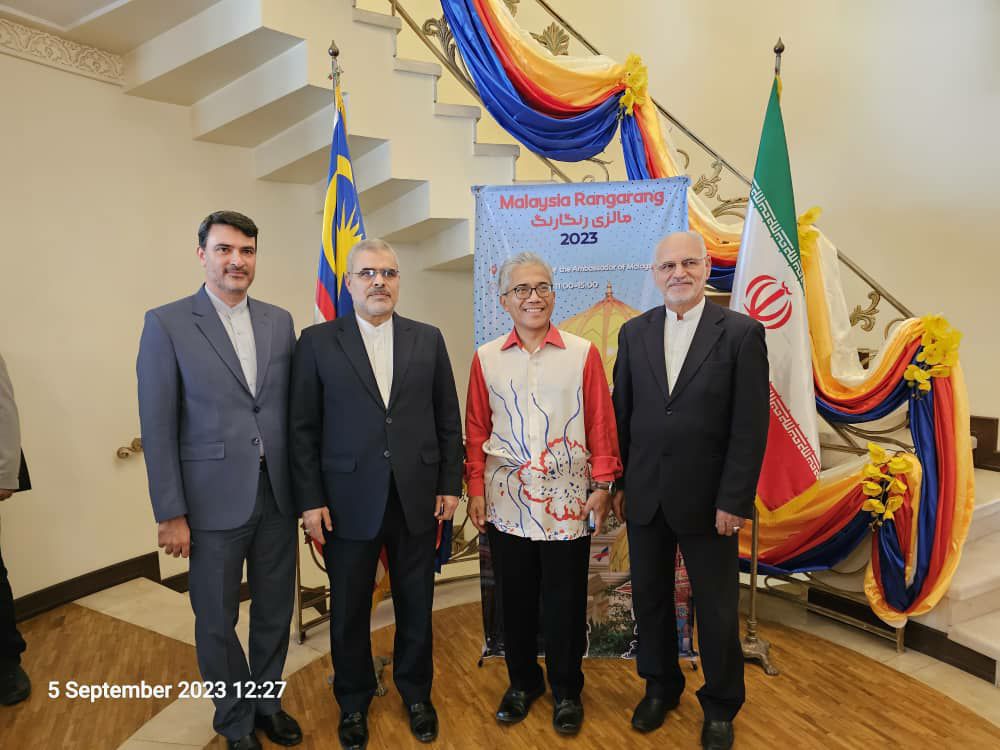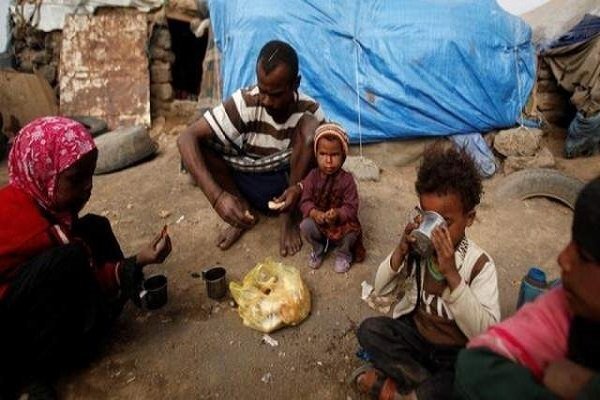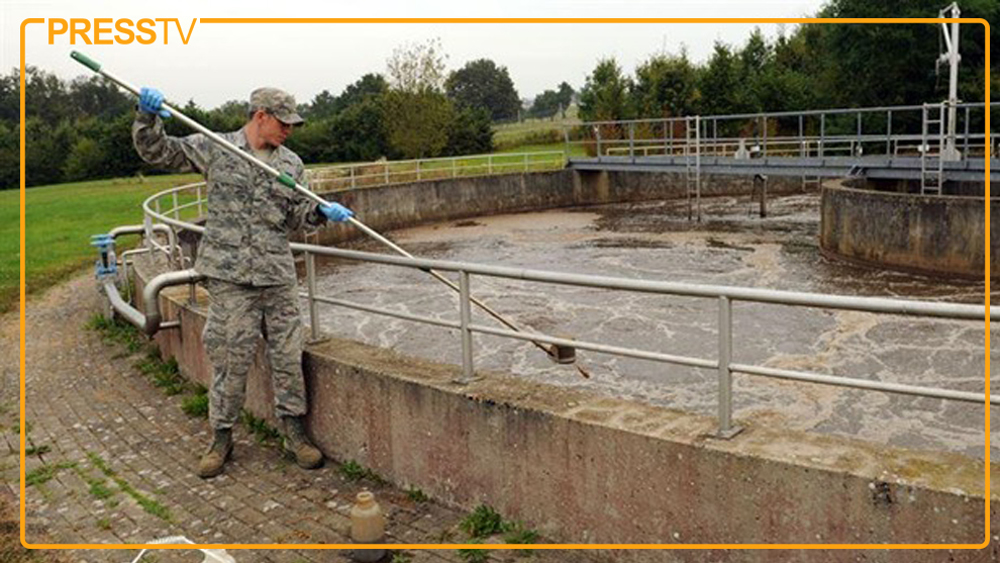China Proposes Establishment of a Smart Industrial Township in Iran
TEHRAN (Iran News) The meeting took place between Mahmoud Najafi-Arab, President of the Tehran Chamber of Commerce, Industries, Mines and Agriculture, and Fereydoun Vardinejad, Secretary General of the Tehran Chamber, with officials from the Shanghai International Association of Small and Medium Enterprises (IASME). The session concluded with the signing of a memorandum of understanding (MoU) to expand bilateral relations and joint economic ventures.
Yang Dongsheng, Vice President of the Shanghai IASME, opened the meeting by emphasizing that signing agreements is only the beginning, and that the real importance lies in the implementation of commitments. He proposed that cooperation should start with a few targeted projects addressing Iran’s specific needs.
Yang added that Chinese companies within the association are ready to transfer their technology and equipment to Iran, initiating joint production projects first for the Iranian market and later for regional markets.
Najafi-Arab welcomed the proposal and announced that establishing a smart industrial township in Tehran would be the first practical step in this new partnership. Drawing on China’s successful experience in developing advanced industrial parks, he said the Tehran Chamber is prepared to provide land and basic infrastructure, while Chinese companies could handle design, technology transfer, and project implementation.
According to Najafi-Arab, the proposed industrial park would host innovative small and medium enterprises (SMEs) working in cutting-edge sectors such as artificial intelligence, smart agriculture, and blockchain technology. The initiative aims to foster growth among Iranian knowledge-based companies and enhance the technological level of the country’s manufacturing industries.
He further highlighted the importance of smart agriculture and water resource management, noting that Iran has faced serious water shortages in recent years. Collaborating with Chinese firms in this field, he said, could help reduce water consumption and improve agricultural productivity. Najafi-Arab also pointed to opportunities in greenhouse farming and the adoption of modern Chinese technologies to improve both the quantity and quality of agricultural output.
Addressing renewable energy, Najafi-Arab revealed that Iran currently has 30,000–35,000 megawatts of solar energy projects under development. He expressed Iran’s interest in Chinese investment in this sector, emphasizing that while solar panel production already exists in Iran, access to China’s high-efficiency technologies—particularly for small and medium installations—remains crucial.
Najafi-Arab also discussed the pharmaceutical industry, describing Iran as one of the region’s leaders in drug production. He suggested that joint ventures with Chinese pharmaceutical firms in producing raw materials and medical equipment could boost Iran’s exports to neighboring countries and even Europe. He noted that while much of Iran’s pharmaceutical raw material currently comes from China, many of these materials are derived from Iranian petrochemical products, making local co-production both cost-effective and strategically beneficial.
Yang Dongsheng responded by expressing China’s readiness to invest and transfer technology to Iran. He highlighted Chinese companies’ experience in producing high-standard fertilizers, pharmaceuticals, artificial intelligence, and digitalized production systems. Yang also mentioned their willingness to cooperate with Iranian drug manufacturers in producing various antibiotics, as well as to invest in solar power projects similar to those already implemented by Chinese firms in countries like Egypt.
“I am surprised that such extensive cooperation has not yet taken place between our countries,” Yang remarked, adding that China is ready to help Iran develop solar farms to meet part of its energy needs.
Yang announced plans to visit Tehran early next year with a business delegation from Chinese SMEs to explore potential partnerships and hold B2B meetings with Iranian entrepreneurs. “China ”
In addressing the issue of financial transactions under sanctions, Najafi-Arab suggested that a significant portion of Chinese investment could be made in the form of machinery, equipment, and technology, eliminating the need for money transfers. These assets, he said, would be priced and counted as part of the Chinese partners’ capital contributions. Additionally, some trade could take place through barter arrangements.
The meeting concluded with the signing of a joint memorandum of understanding between the Tehran Chamber of Commerce and the Shanghai IASME to enhance bilateral cooperation. Najafi-Arab stated that this MoU marks the beginning of a new phase in industrial and technological collaboration between the Iranian and Chinese private sectors, paving the way for SME development, technology transfer, and foreign investment in Iran.
- source : IRAN NEWS ECONOMIC DESK






























